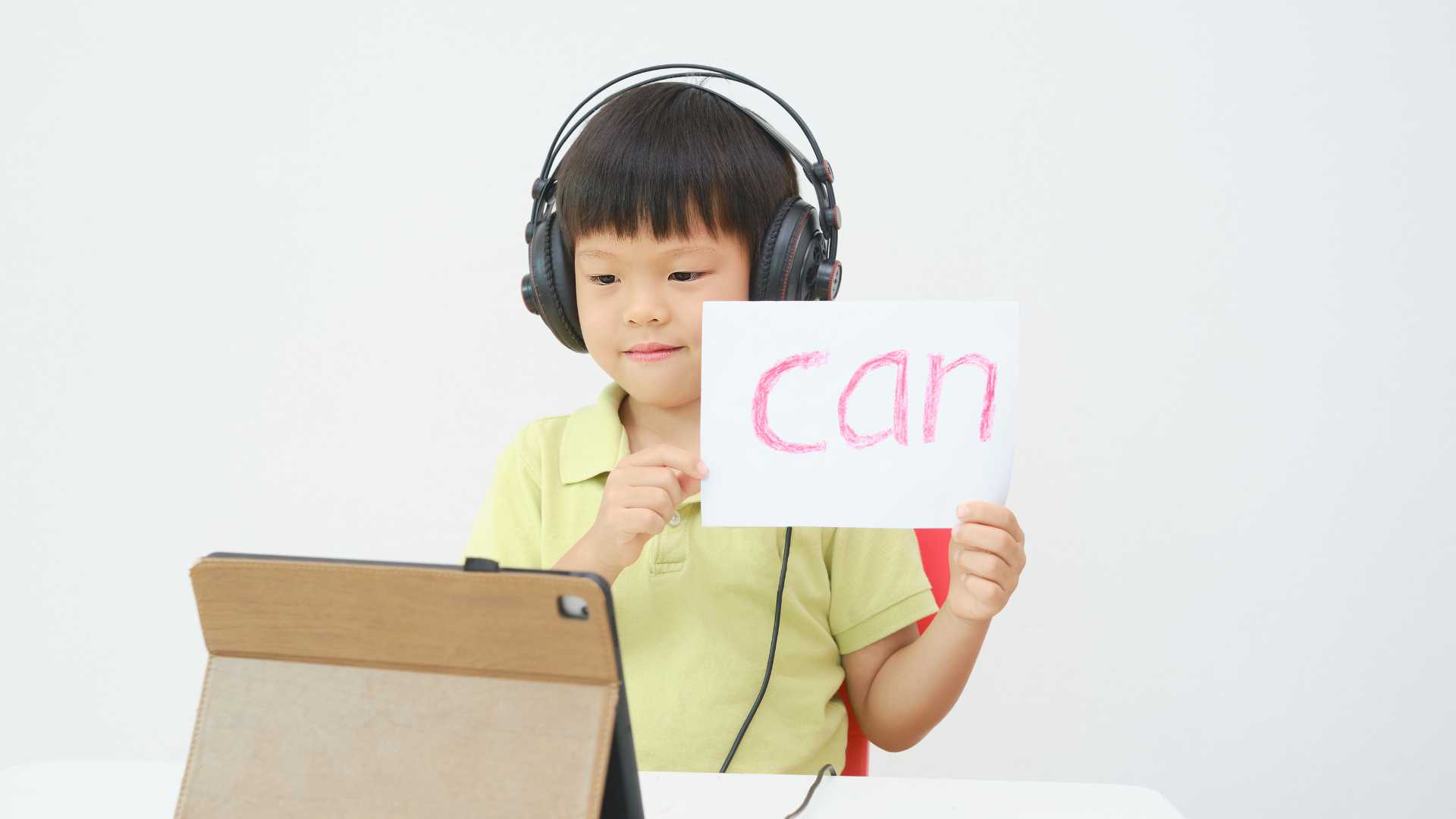Exploring the world of phonics apps for kids opens up a realm of interactive learning possibilities. As a parent or educator, I know the importance of engaging young learners in fun and educational activities. Phonics apps offer a modern approach to teaching children essential reading and language skills.
In today’s digital age, finding the right phonics app can make a significant impact on a child’s literacy development. I’ve delved into the world of phonics apps to discover the top choices that combine entertainment with effective learning techniques. These apps not only captivate children’s attention but also help them master phonics concepts in an enjoyable way.
Phonics Apps for Kids
The Role of Phonics in Learning to Read
Phonics plays a crucial role in helping children learn to read by teaching them the relationships between letters and sounds. It is the foundation of literacy development as it helps kids decode words and improve their reading skills. Phonics instruction enables young learners to recognize patterns, sound out words, and enhance their overall reading comprehension.
The Benefits of Using Apps for Phonics Instruction
Using apps for phonics instruction offers numerous advantages in early education. These educational tools make learning interactive and engaging for kids, providing a fun way to practice phonics skills. Phonics apps often include games, quizzes, and colorful visuals that capture children’s attention while enhancing their phonemic awareness and language abilities. Additionally, apps can adapt to individual learning paces, providing personalized learning experiences for each child.
Key Features of High-Quality Phonics Apps for Kids
Interactive Content and Gamification
When it comes to high-quality phonics apps for kids, interactive content and gamification play a vital role in engaging young learners. These apps often incorporate interactive elements such as games, quizzes, and puzzles that make learning phonics fun and enjoyable. By providing a hands-on experience, children can actively participate in their learning process, reinforcing their understanding of letter-sound relationships. Through gamified activities, kids are motivated to practice phonics skills regularly, leading to better retention and application of what they’ve learned.
Customization and Progress Tracking
Another key feature of premium phonics apps for children is the ability to customize learning experiences and track progress effectively. These apps often offer personalized learning paths based on each child’s individual strengths and areas for improvement. By tailoring the content to suit the child’s pace and skill level, phonics apps ensure that learning remains challenging yet achievable.
Top Phonics Apps for Kids on the Market
App Reviews and Recommendations
When looking for the best phonics apps for kids, it’s essential to consider both educational quality and engagement. I’ve found that apps like ABCmouse, Reading Eggs, and Starfall consistently receive positive reviews for their interactive and effective approach to phonics instruction.
Age-Appropriate Design and Content
One crucial aspect of phonics apps for kids is their design and content tailored to specific age groups. Apps like Endless Alphabet and Montessori Crosswords stand out for their age-appropriate content that caters to young learners, making the learning process fun and engaging.
Considerations When Choosing Phonics Apps
Safety and Privacy Concerns
When selecting phonics apps for kids, safety and privacy are paramount. I prioritize apps that have robust privacy settings and strict data protection measures. It’s essential to ensure that the app complies with COPPA (Children’s Online Privacy Protection Act) regulations to safeguard children’s personal information.
User Interface and Accessibility
User interface and accessibility play a crucial role in the effectiveness of phonics apps for young learners. I look for apps with intuitive interfaces that are easy for children to navigate independently. Clear instructions, simple design elements, and engaging visuals are key factors I consider when evaluating an app’s user interface. Additionally, I prioritize apps that offer accessibility features such as audio instructions, adjustable text size, and color contrast options to cater to children with diverse learning needs.
